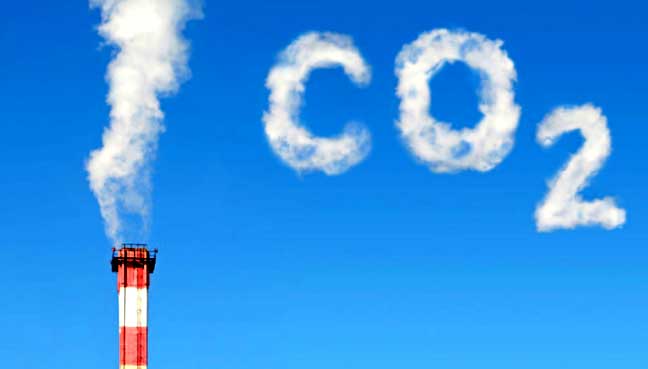-
Tips for becoming a good boxer - November 6, 2020
-
7 expert tips for making your hens night a memorable one - November 6, 2020
-
5 reasons to host your Christmas party on a cruise boat - November 6, 2020
-
What to do when you’re charged with a crime - November 6, 2020
-
Should you get one or multiple dogs? Here’s all you need to know - November 3, 2020
-
A Guide: How to Build Your Very Own Magic Mirror - February 14, 2019
-
Our Top Inspirational Baseball Stars - November 24, 2018
-
Five Tech Tools That Will Help You Turn Your Blog into a Business - November 24, 2018
-
How to Indulge on Vacation without Expanding Your Waist - November 9, 2018
-
5 Strategies for Businesses to Appeal to Today’s Increasingly Mobile-Crazed Customers - November 9, 2018
Global carbon emissions to decline for 1st time in nearly a decade
In 2015, however, the researchers expect global carbon emissions to decline by 0.6 percent to 35.7 gigatonnes – their central projection from a range of -1.6 percent to +0.5 percent.
Advertisement
The global carbon dioxide emissions from fossil fuels and industry for this year are projected to show a slow down, or even decline, in the global warming-inducing greenhouse gas emissions.
Scientists at the Global Carbon Project attribute the lowered emissions to reduced coal use in nations such as China and see the results as strong evidence that human actions can have a noticeable effect on curbing climate change.
Lead researcher Prof Corinne Le Quere said the figures for the last two years contrasted with the growth trajectory since 2000 when emission rose by 2-3 per cent each year.
The report notes whether the slower growth in emissions will be sustained depends on China’s and other countries’ use of coal, as well as what sources countries are turning to to replace the lost generating capacity of the fossil fuel.
The authors cautioned that this year’s “pause” is not likely to last, as developing economies in India and elsewhere around the world are projected to increase emissions from coal and oil in the coming decades.
Past emissions declines have usually been linked to economic distress, such as the global financial panic of 2009 and the Russian economic meltdown of the late 1990s.
On the positive side, China has dramatically increased its renewable energy and is capping its coal burning, much of it driven by the effort to clean up traditional air pollution that is choking cities like Beijing, said study co-author Dabo Guan of the University of East Anglia.
As per the study, India’s emissions today match those of China in 1990 and per capita emissions continue to be well below the global average at 2.0 tonnes of Carbon dioxide each year. Speaking to reporters Monday from the floor of the Paris climate talks, they stopped short of declaring that the amount of carbon dioxide world economies release into the atmosphere each year has finally peaked. China is targeting peak emissions in 2030.
The report shows that China remains the largest emitter with 9.7 billion tonnes, followed by the USA (5.6), the European Union (3.4) and India (2.6) – together accounting for nearly 60 % of global emissions.
Greenpeace’s worldwide climate politics chief, Martin Kaiser, said this is not enough of a reason to celebrate or be complacent, as emissions have to come down fast in order to save the planet.
Although China is only responsible for 27% of global emissions, it has dominated the growth in global emissions since early 2000s. “An acceleration in the transformation of energy use and production is needed to set global emissions on course to complete decarbonization, as required for climate stabilization”. By 2025, the United States has promised a 26 percent to 28 percent reduction from 2005 levels.
Advertisement
Per person emissions in Australia remain high but are dropping in line with recent years, the report found. But the new research, based in large part on satellite data, concluded that current model estimates of plants’ ability to offset growing greenhouse gas emissions may be unrealistically optimistic.




























